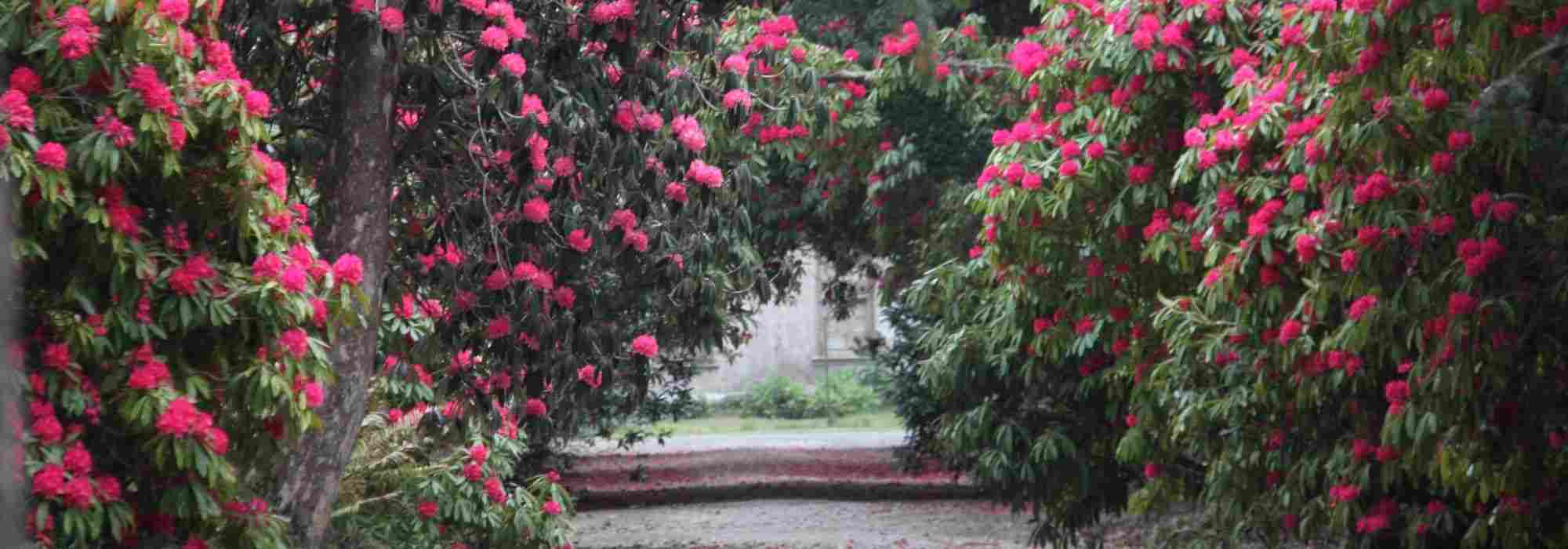
10 bushes to grow in acidic soil
Bushes for heather soil — and more!
Contents
Most gardeners frown when told about acidic soil but seem quite thrilled as soon as they hear the words “heather soil”, synonyms for them of gardens rich in colour and that special charm. In reality, acidic soil is not necessarily “heather soil”. And some plants prefer, certainly, to grow in acidic soil (but certainly not in a poor, free-draining soil that does not retain water as is the case with pure heather soil): Acer, Magnolias, flowering Cornus… Acidic soils are not more difficult to grow than others (to read: “gardening in acidic soil”), you simply need to choose plants that enjoy it.
So, to help make the right choice, 10 major categories of bushes perfect for acidic soil.
Heathers and callunas: pink, red or white tapetum
Heathers, in a broad sense, are small bushes or shrubs capable of creating very pretty tapetum of flowers in shades of white, pink or purple. These plants can delight us with their flowering almost all year round if one has taken care to alternate between Erica, which flower in winter Calluna, called “summer heather“, which flower in late spring and summer.
You can also add Daboecia or “Saint Daboec’s heather“ which will flower in summer and which stand out from other heathers by a lower, dense and supple habit. There are also much larger heathers up to 1.5 metres tall called: Erica arborescens. The latter originate from South Africa and are therefore less hardy than the others (-10 °C). All “heathers” grow in acid, cool soils, in partial shade, sheltered from scorching sun. They thrive in all well-drained soils, even poor ones (excess nitrogen could harm flowering). Heathers are wonderful in borders and rockeries but winter ones are especially superb at the foot of trees and bushes with ornamental bark when their winter flowering occurs.
- to discover: our wide range of heathers
- to read: “Heathers: planting, pruning and maintaining”
Read also
10 perennials to grow in acidic soilRhododendrons and azaleas: spring stars in shady spots
When people talk about plants referred to as “heather soil plants“, they think (immediately after the heathers) of the imposing rhododendrons (but not always!) and the cute little azaleas. In fact, if we were all botanists, we should not even separate them because they both share the same genus in the family Ericaceae (yes, like the heathers!): Rhododendron.
Ranging in size from 40 cm to over 5 m, both produce large trumpet-shaped flowers in spring in a variety of colours: white, pink, red, purple, mauve and even yellow. Sometimes evergreen for rhododendrons and Japanese azaleas, sometimes deciduous for Chinese azaleas, there is bound to be one you will like. Or maybe two… or three… or ultimately far too many to fit into your garden.
Rhododendrons and azaleas like acidic, rich, humus-bearing soils and… to shelter in the beneficial dappled shade provided by large trees. But they can do very well in containers if you do not forget to water them. Some azaleas even make splendid bonsai…
Once established, they are trouble-free bushes that only require deadheading of faded flowers at end of flowering. From time to time, every four or five years, you can add a mulch to boost soil acidity if you feel this would be necessary: pine needles or pine bark or a little heather soil.
Discover other Ericaceous Shrubs
View all →Available in 1 sizes
Available in 1 sizes
Available in 0 sizes
Available in 1 sizes
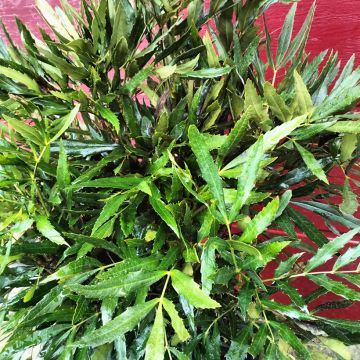
Available in 1 sizes
Available in 2 sizes
Available in 2 sizes
Available in 1 sizes
Available in 1 sizes
Available in 1 sizes
Other members of the Ericaceae family: curiosities to plant in acidic soil
The Ericaceae family is a large family tied to acidic soils. It includes 1350 species spread across about a hundred genera, of which we have already mentioned four: Erica, Calluna, Daboecia and Rhododendron. We will not list the hundred other genera, but we can introduce a short non-exhaustive list of the main bushes of this family that can be found in the garden or at the nursery.
Enkianthus
Enkinathus campanulatus or campanulate andromeda is seldom planted in gardens. Too bad! Aside from the fact that over the years it will make a magnificent bush, even a small tree, it is also a trouble-free plant provided it is given fresh, humus-bearing and strongly acidic soil. Enkianthus likes partial shade and flowers from May to June in small white bell-shaped flowers. Its flamboyant autumn colours give it an additional appeal.
→ to read: “Enkianthus: planting, growing and maintenance”
Gaultheria
Looking for a groundcover to brighten the base of your heather-soil bushes? Look no further! Gaultheria procumbens is a small acid-woodland understorey bush from Canada. Its foliage is evergreen and a multitude of very decorative red berries will cover the plants from late summer and remain throughout the winter.
Kalmia
Kalmias are handsome, large, hardy and very floriferous bushes with evergreen foliage native to the mountains of North America. They prefer acidic, rich soils and consistent moisture. Kalmias flower between May and June.
→ to read: “Kalmia: planting, growing and maintenance”
Pieris
Pieris, or Japanese andromeda, are bushes with evergreen lanceolate foliage tinted red in spring. They grow in partial shade on acidic soil and tolerate drought quite well. Pieris are perfect for adding a splash of colour with their foliage before the flowering of rhododendrons, for example.
→ to read: “Pieris: planting, pruning and maintenance”
Read also
Gardening in acidic soilCamellias: spectacular flowering as winter draws to a close.
Camellias are much appreciated for their glossy evergreen foliage but above all for their impressive flowering from the end of winter, especially for Camellia japonica, and sometimes as early as autumn for some such as Camellia sasanqua. There are many varieties with single, semi-double or double flowers in red, pink, white, yellow, mauve, … Camellias prefer woodland conditions, cool acidic soils and mild, humid atmospheres. Fairly hardy, however they dislike cold winds and drought. They have rather slow growth and a compact habit, except for field camellias with a more relaxed habit that make a fine addition to an informal hedgerow in semi-shade.
- to discover: our selection of the finest Camellias in our nursery
- to read: “Camellia: planting, pruning and care“
Japanese maples: for zen ambience
Maples from the Land of the Rising Sun, Acer palmatum and Acer shirazawanum, are unrivalled for brightening autumn with foliage that turns vivid shades of red or orange. Japanese maples are perfect for creating a zen atmosphere in a small restful corner of the garden. There are many varieties and cultivars that differ in their foliage: more or less colourful, more or less dissected, more or less variegated… but always magnificent. These small trees, never intrusive, thrive in partial shade, in acid, well-drained but cool soil. They can also be grown in pots or as bonsai.
Flowering dogwoods: small trees that are beautiful all year round
They are called Cornus kousa, Cornus florida, Cornus nuttallii, Cornus hongkongensis, … Add to that all hybrids between these species such as Cornus X rutgersensis or Cornus X ascona. These small trees are covered in flowers with large white or pink bracts in spring. Although most are hardy, flowering of some Cornus, notably American ones like C. florida, can be destroyed by a spring frost. They are also superb in autumn, their foliage then taking on flamboyant colours that leave no one indifferent. All dislike calcareous soils (a slight tolerance can be seen in some C. kousa…) and appreciate humus-bearing, slightly clayey, cool and acidic soils in partial shade.
Magnolias: heralds of spring
Spectacular flowering of magnolias often heralds spring. Tree or bush is covered with large, solitary, fragrant flowers of various shapes depending on species and in white, pink, purple, yellow, … before leaf emergence in deciduous species. Magnolias can be classed into two categories: large trees 10 to 15 m tall and bushes of more modest size rarely exceeding five metres in height. But all prefer fresh, light, humus-bearing soils with slight acidity. Plant magnolias in full sun or partial shade and in positions sheltered from cold, dry winds.
Hydrangeas: spectacular inflorescences throughout the summer.
No gardener should snub hydrangeas (or Hydrangea in Latin). Their spectacular flowering throughout summer in shades of white, pink, red or blue is often followed by beautiful autumn foliage colours. Inflorescences are best left on bushes all winter to add a little ‘dried bouquet’ touch during bleakest time of year in garden.
Let’s not forget climbers such as H. petiolaris or H. semanii and their cousins Schizophragma, perfect for brightening a north-facing wall or, why not, grown as groundcover.
Although some hydrangeas, such as Hydrangea quercifolia or Annabelle series among Hydrangea arborescens, are more tolerant of lime, all other hydrangeas prefer rich, cool, acidic soil. Exposure, however, depends on species: most hydrangeas (H. macrophylla, H. serrata, H. aspera, H. involucrata, …) prefer partial shade, while others, such as H. paniculata, appreciate full sun.
- find all our Hydrangeas at our nursery.
- To read: “Hydrangeas: Planting, pruning and care“
Skimmia : a carefree evergreen
Skimmia is a very accommodating bush for heather soil. It belongs to family Rutaceae, like citrus trees, and shows attractive evergreen foliage. Skimmia flowers between April and May with small scented white flowers that are followed by very decorative red berries, persistent until winter. Very hardy, Skimmia will thrive in any good slightly acidic soil, in shade or partial shade. Only two hazards are drought and cold draughts.
- Discover all our Skimmias in our nursery
- Read: “Skimmias: Planting, pruning and maintenance“
- Discover our video on Skimmia
Blueberries and cranberries: small fruits for acidic soils.
Yes, small fruits on acidic soils are possible with blueberry bushes and cranberries, also members of the Ericaceae family. Cranberries (or cranberry), Vaccinum macrocarpon, are self-fertile and therefore manage on their own to produce fruit, while blueberry bushes need to be in groups of at least two or three to fruit. Local blueberry, Vaccinum myrtillus, is sometimes difficult to grow, so it is much wiser to choose its American cousin: Vaccinum corymbosium. Besides producing tasty fruit, Vaccinums display striking bright orange autumn colour in their foliage. All are very hardy, like acidic soils with some moisture and a position in partial shade
→ to read : “To grow blueberries”
- Subscribe!
- Contents
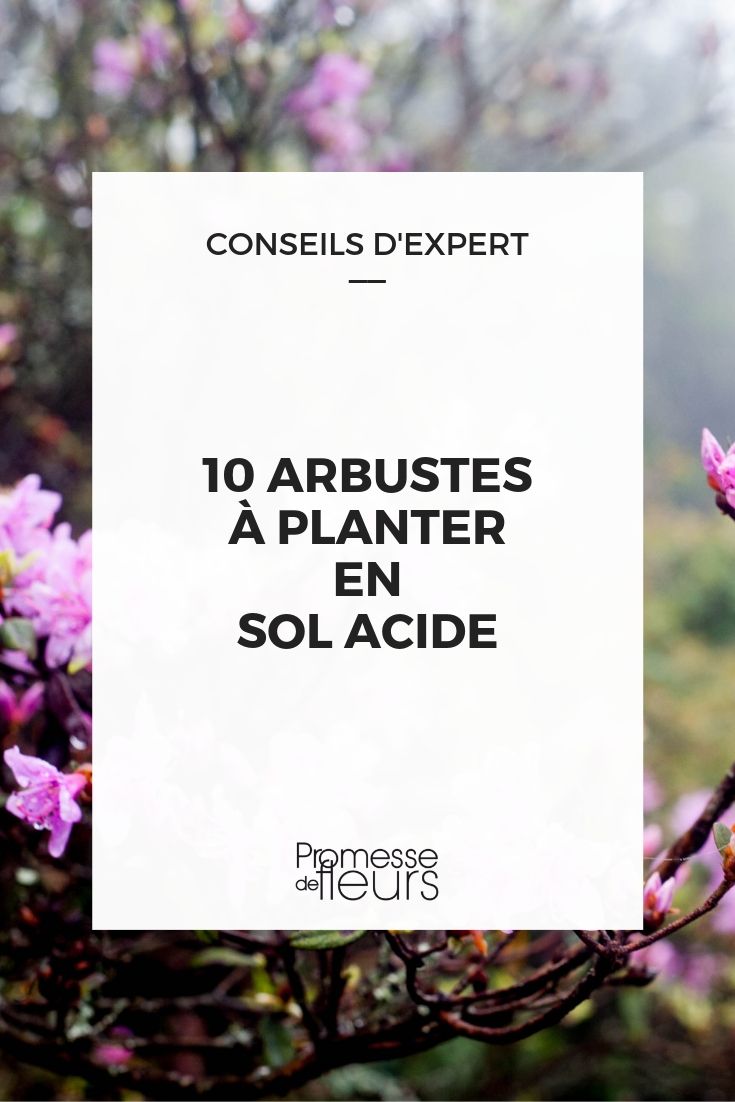































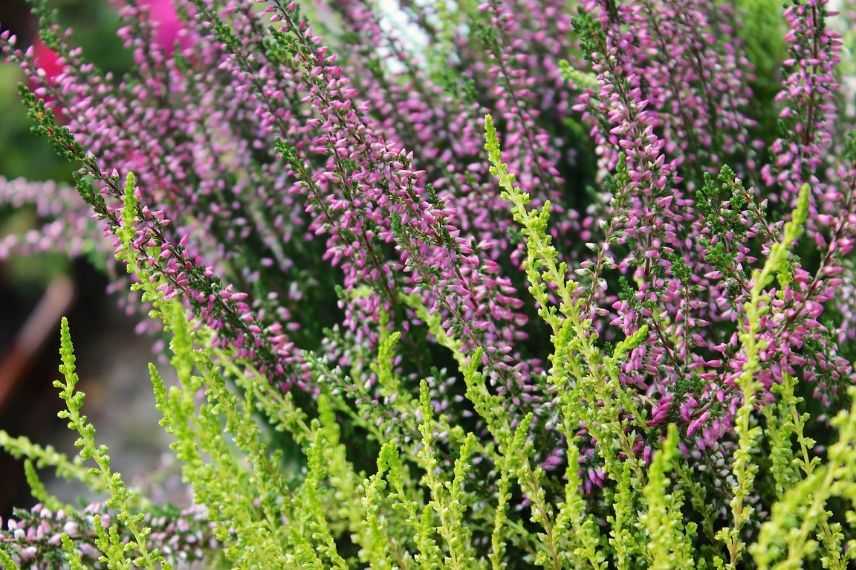
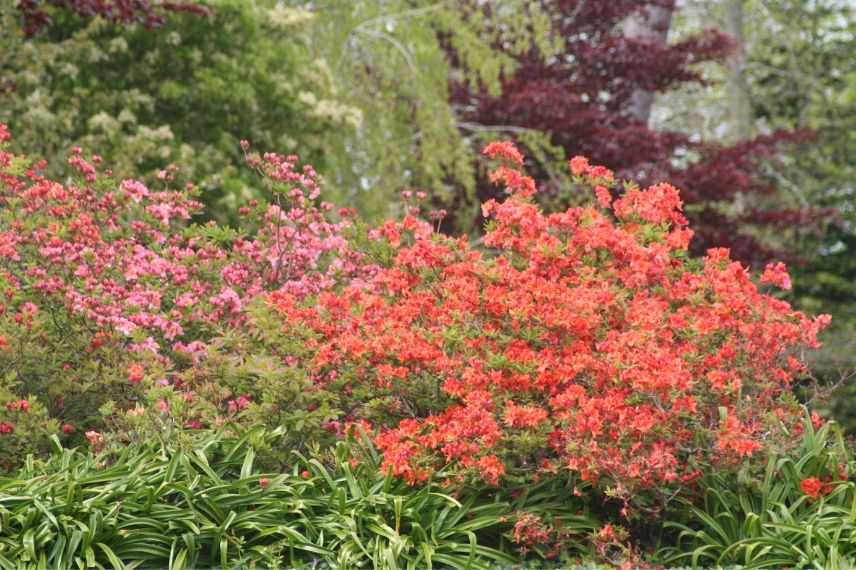
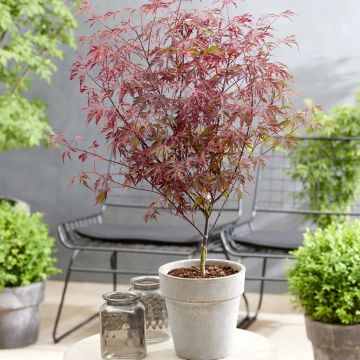
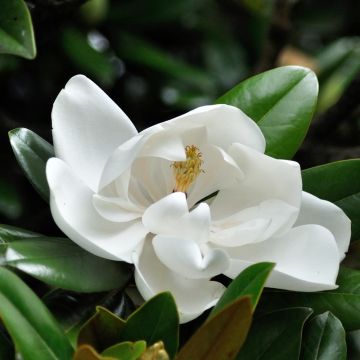
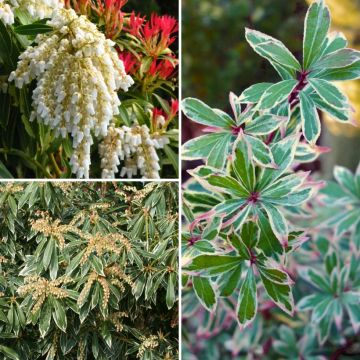

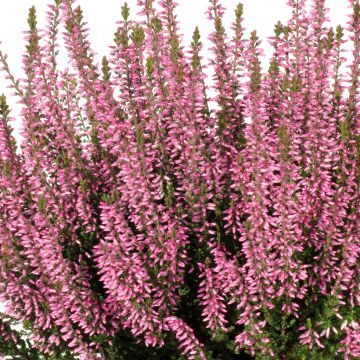
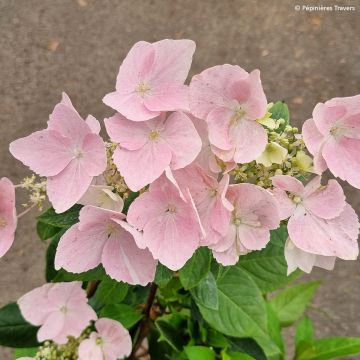
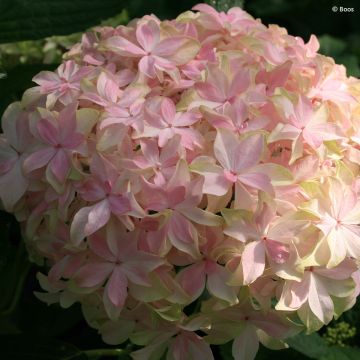
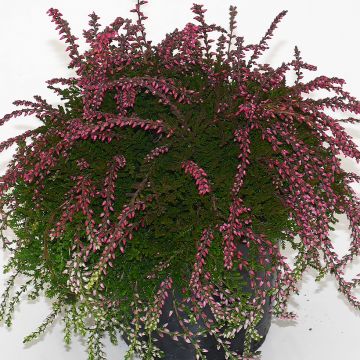
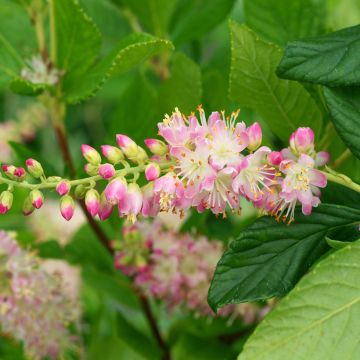
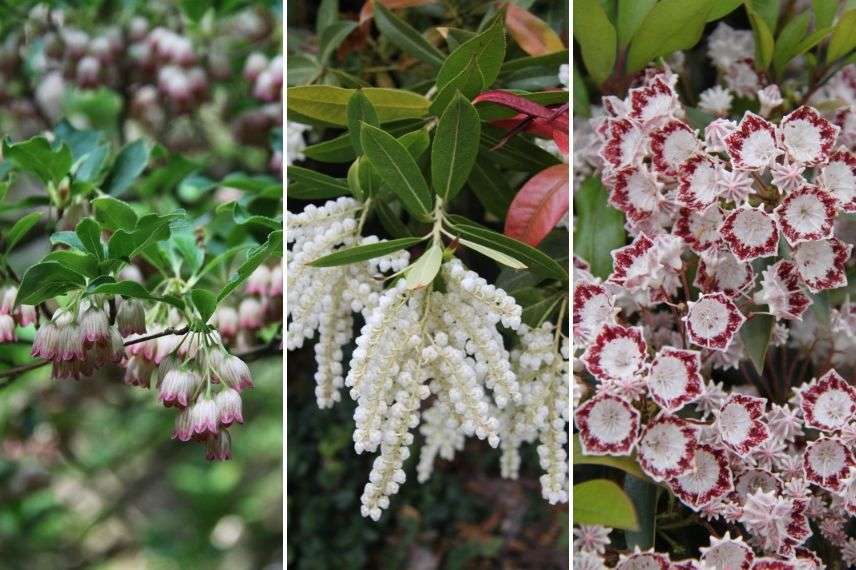
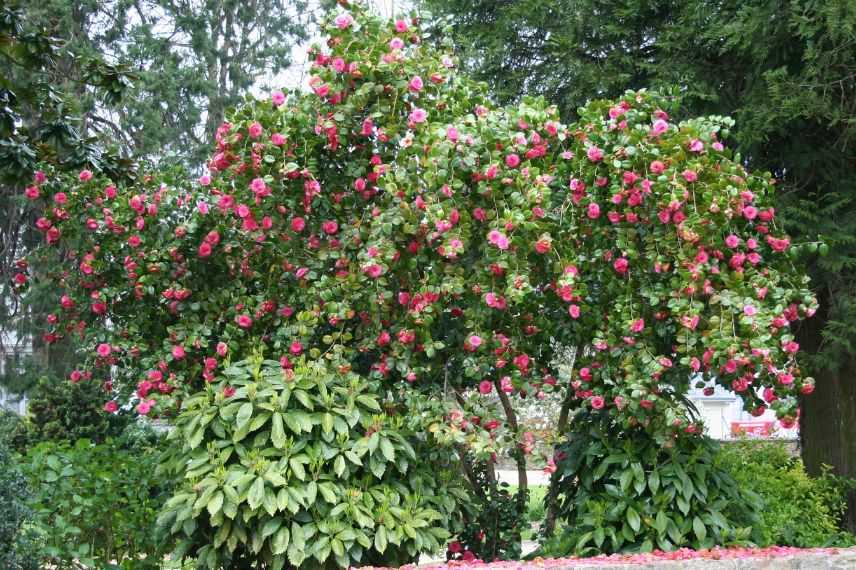
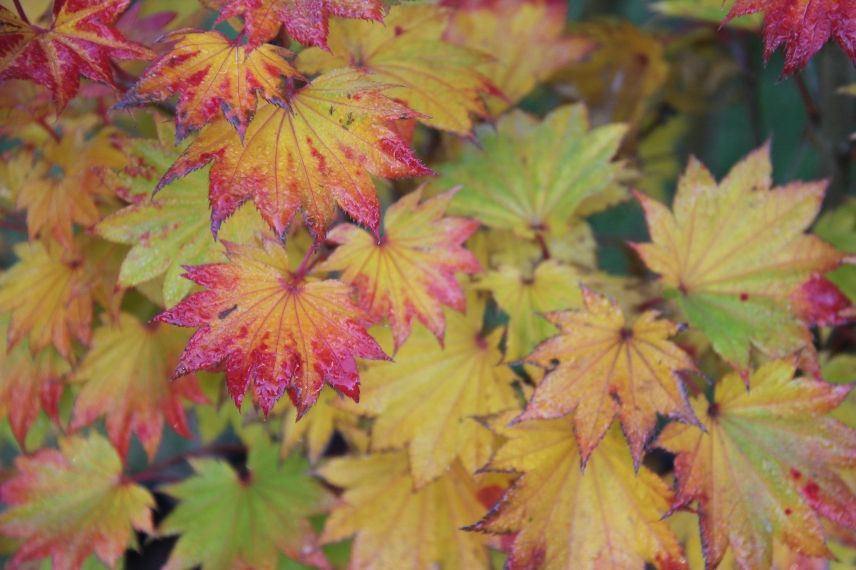
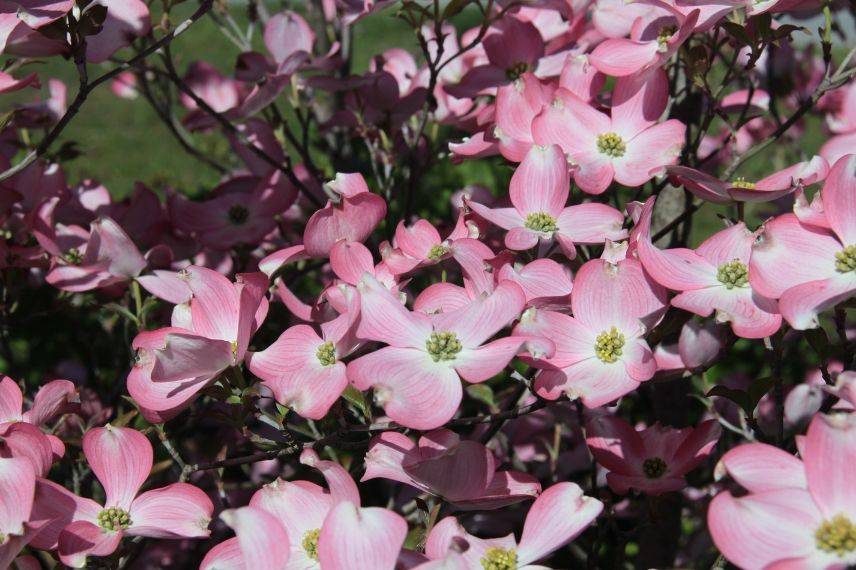
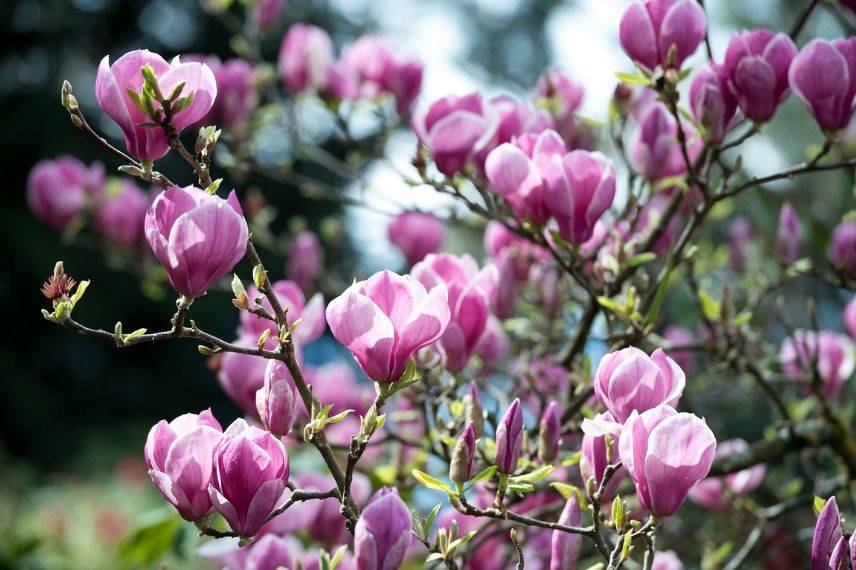
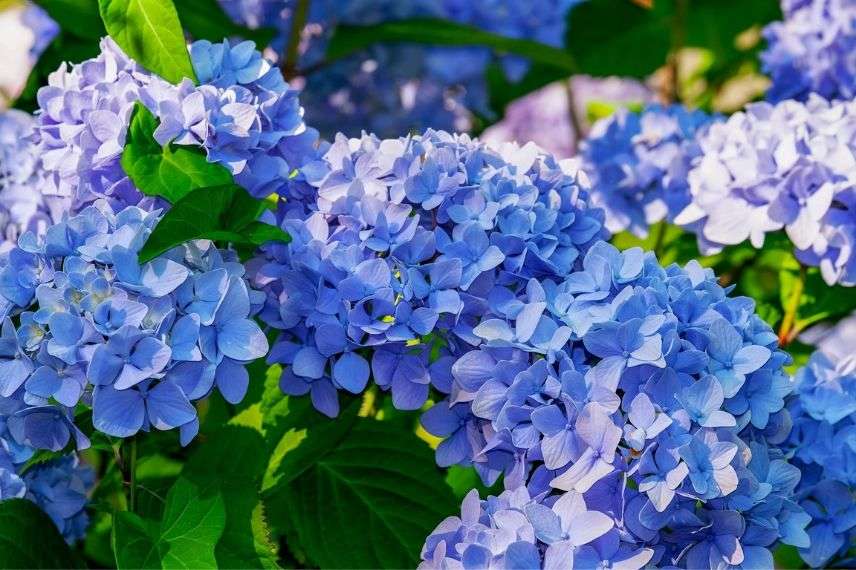
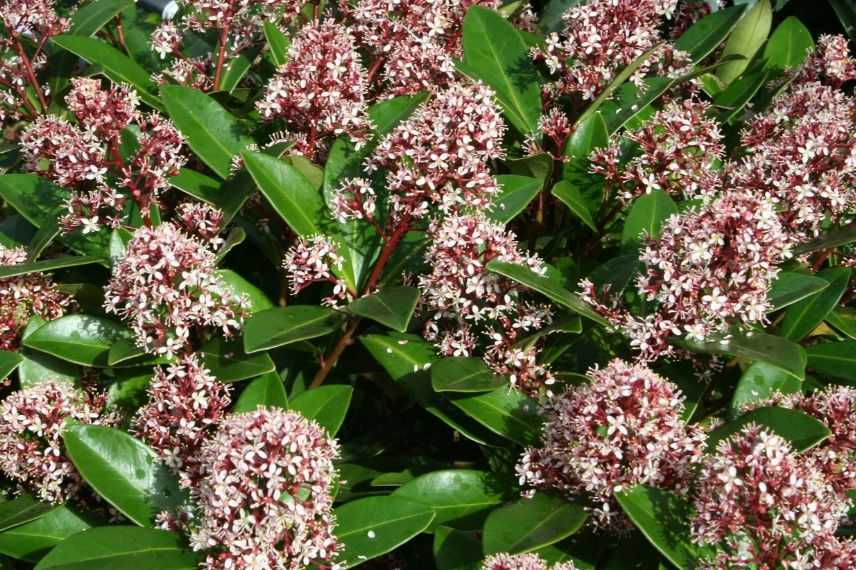
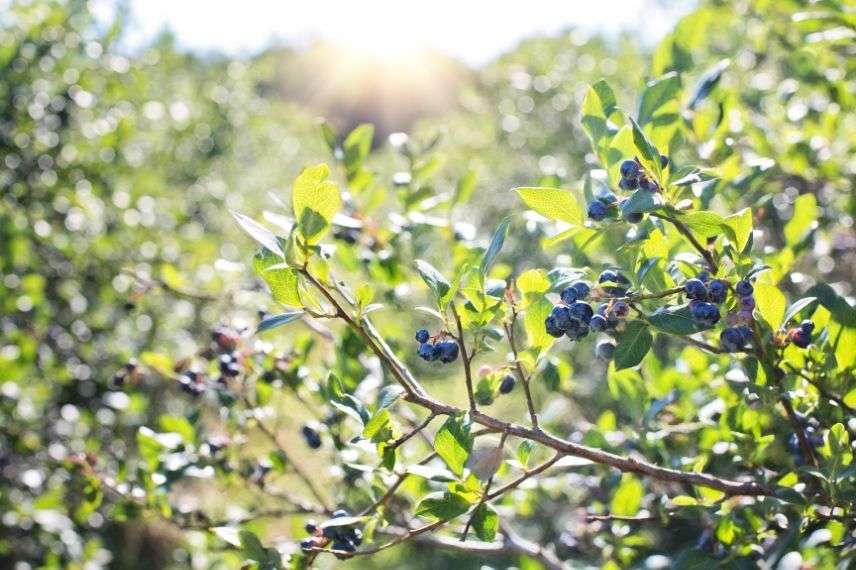
Comments